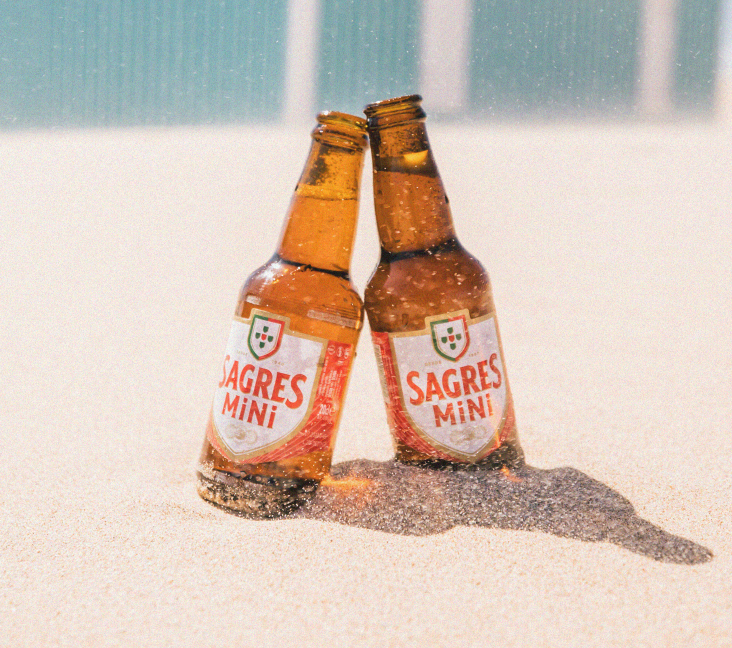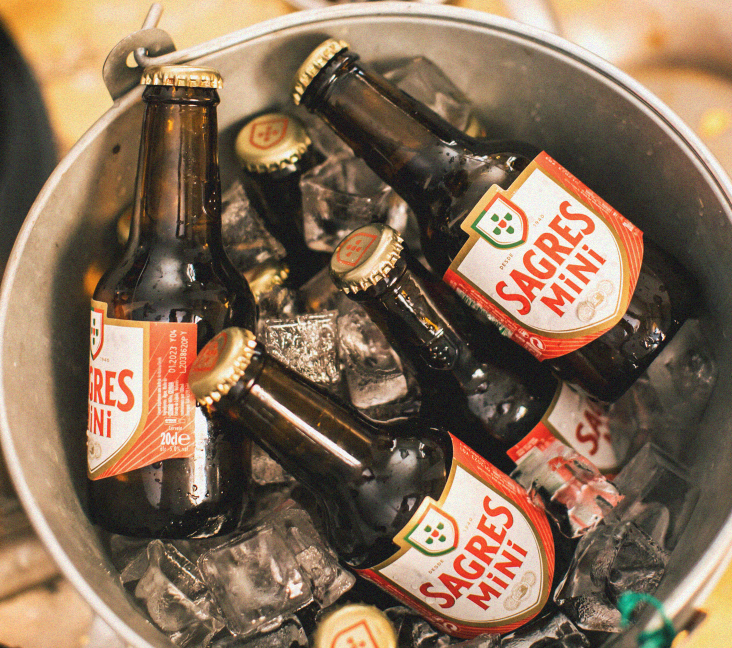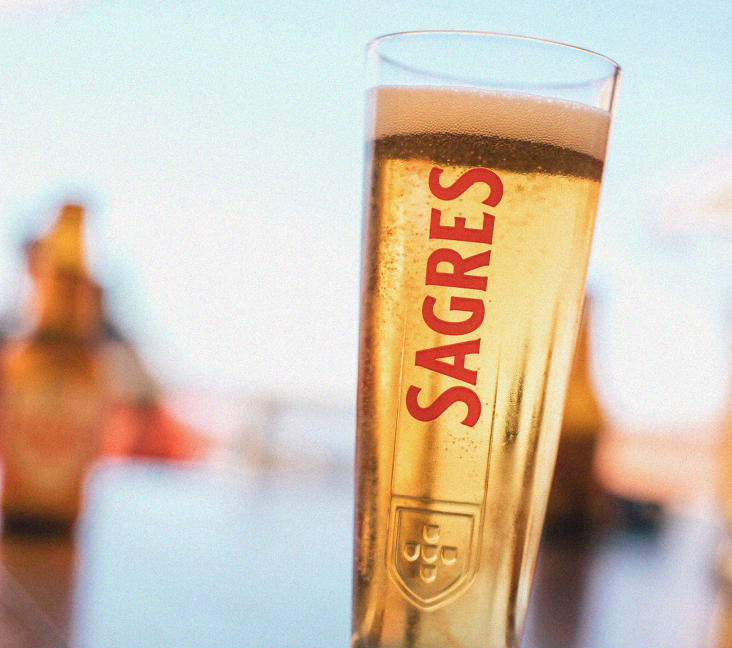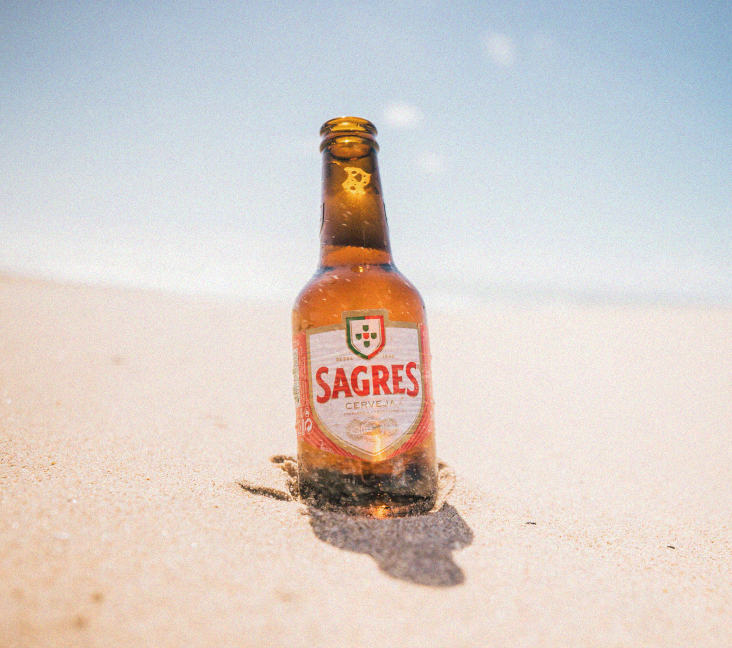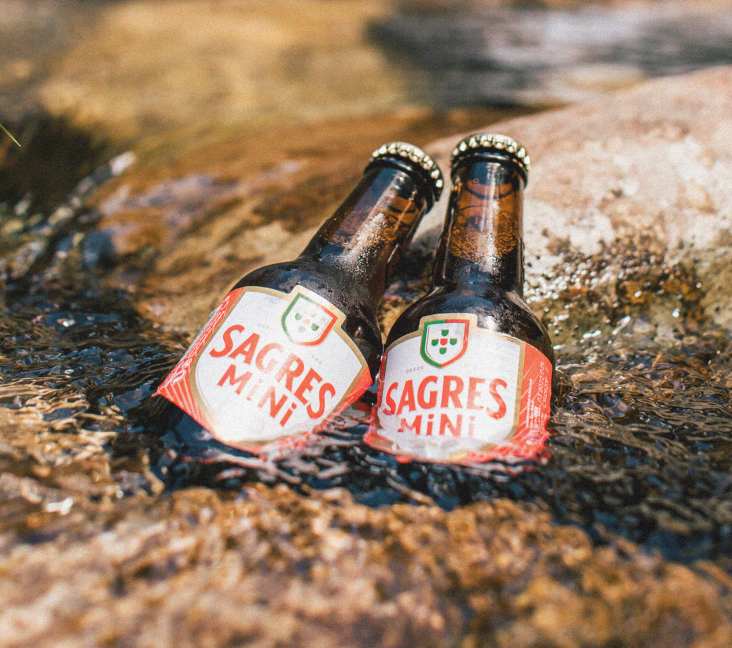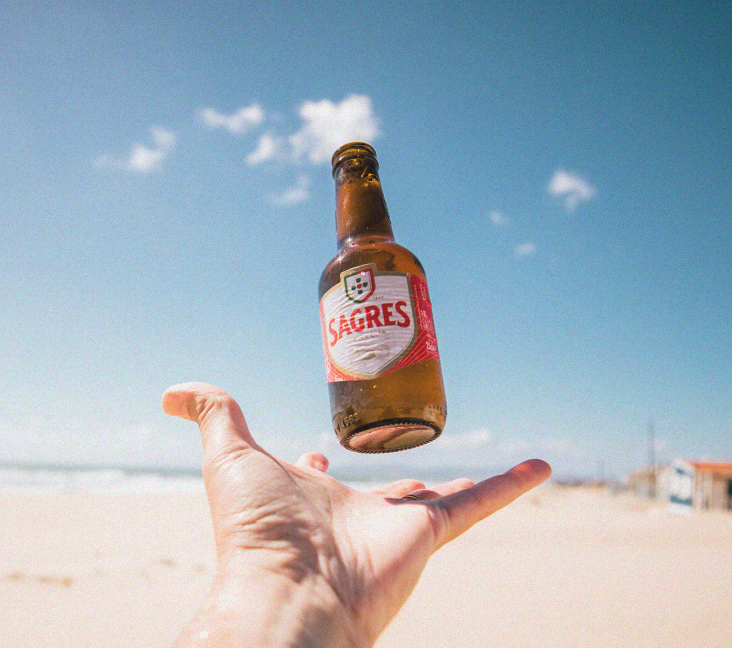All you need to know about beer
Discover the ingredients (ingredients + nutritional value)
It takes only four ingredients to make the drink that brings people together. Of course, there are several types of beer, and other ingredients can be added, but these are the main ingredients of beer in its purest form.
Water
The main ingredient - about 90% of beer is actually water. Water also plays a massive role in defining the flavour of a beer.
Malt
Malt is the result of the germination of the grains used to make beer. Malt is responsible for the colour of the beer and also influences its flavour.
Hops
Hops determine the bitterness of a beer and work as a natural preservative. Hops are the fruit of a climbing plant that can reach 7 metres in height.
Yeast
The magical ingredient in beer. Yeast is responsible for the fermentation that produces the alcohol and carbon dioxide in beer. The result of this process determines the profile of the beer.
Discover The Manufacturing Process
Malting
Malting is based on controlled germination of grains, mainly barley, preparing them for the later production of beer.
In this process, the enzymes are naturally activated when the grains are soaked in water, imitating the spring rain, which is nature’s way of telling the seeds it's time to start germinating. The enzymes do their job during germination, releasing the starch and protein required for good fermentation. Lastly, the now malted grains are dried, which is when they develop their final colours and aromas. This process also allows them to be stored. In some cases, toasting the grains differentiates them even further. This process provides a wide variety of colours, aromas and flavours that can go from caramel to roasted or even dried fruit.
Barley is not the only grain that can be malted. Wheat, for example, is widely used in Witt or Weissbier beers.
Milling
Milling the grains releases the soluble starch and protein.
Brewing
This stage is divided into several steps – mashing, lautering, boiling and cooling, which is when we obtain the wort that will later be fermented.
During mashing, the milled grains are mixed with water at a controlled temperature for a controlled amount of time in order to allow the enzymes to once again play their important role, converting the starch into smaller sugars and the protein into amino acids. Then the wort is filtered to remove any remaining grain husks.
In the boiling phase, the wort is heated to a temperature of almost 100° C, which sterilises it and gives it the final characteristics in terms of extract and colour. Hops are also added at this stage, so that the high temperature generates the typical bitterness of the beer. In some varieties of beer, aroma hops are also added, in this case at the end of the boiling phase, before the wort goes through a cooling process.
Finally, the wort is cooled at optimal temperatures, so that the yeast can be inoculated and begin the fermentation process.
Fermentation
Fermentation converts the sugars present in the wort into alcohol and carbon dioxide, releasing in the process heat and other compounds that define the final organoleptic profile of the beer (substances that one can smell or taste). Yeast, a single-cell microorganism, is the key element to obtaining alcohol.
In this step, the wort becomes beer, but the yeast is removed at the end.
Stand
The beer now goes through a process similar to the one with do when we arrive home and put it in the fridge. However, unlike us, it goes through a period of rest that lasts between 10 to 30 days. During this period, the beer is stored in tanks at a temperature of 0° C, allowing the particles to settle and the beer to become clearer. Undesired aromatic compounds are also removed.
Filtration
After the stand period, the beer is filtered, becoming transparent and brilliant. Filtration is the last stage but one, and by now the beer is almost ready for the glass. Not all types of beer are filtered – the presence of natural turbidity can be a characteristic of the style itself, for instance, in the case of wheat beers.
Filling
This is it. The final step before the beer reaches your glass - the filling. Before it is poured into bottles, cans or barrels, the beer is pasteurised. To guarantee the freshness and flavour of the beer, it has absolutely no contact with air during the whole process, so that its flavours and aromas remain refreshing.
